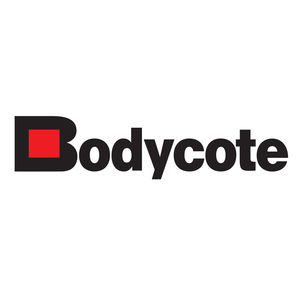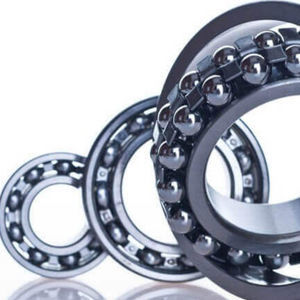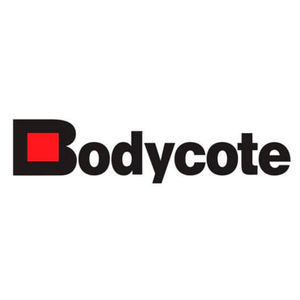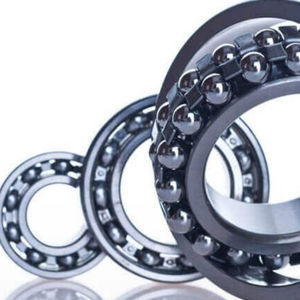
Gas carbonitriding for electronicsISO 9001ISO 14001

Add to favorites
Compare this product
Characteristics
- Type
- gas
- Applications
- for electronics
- Certifications
- OHSAS 18001, ISO 9001, ISO/TS 16949, ISO 14001
- Production method
- large series, medium series, small series
Description
Carbonitriding is an austenitic (above A3) case hardening process similar to carburising, with the addition of nitrogen (via NH3 gas), used to increase wear resistance and surface hardness through the creation of a hardened surface layer.
Benefits
Carbonitriding is applied primarily to produce a hard and wear resistant case. The diffusion of both carbon and nitrogen increases the hardenability of plain carbon and low alloy steels, and creates a harder case than carburising. The carbonitriding process is particularly suited for clean mass production of small components. Due to the lower temperature required for the carbonitriding, compared to carburising, distortion is reduced. Mild quenching speed reduces the risk of quench cracking.
Application & materials
Austenitic carbonitriding is successfully applied to generally mass produced components, and those of smaller dimensions, where great resistance to wear is required and where the case depth requirements ranges from 0.1 to max 0.75 mm. Typical applications include:
-gears and shafts
-pistons
-rollers and bearings
-levers in hydraulic, pneumatic and mechanical actuated systems.
Primarily to improve wear resistance and fatigue strength of plain carbon steels.
A wide variety of steels can be carbonitrided from plain carbon steels to mild steels (with reduced aluminium content), low alloy steels with max. 0.25% carbon, free cutting steels, and sintered steel.
Catalogs
No catalogs are available for this product.
See all of Bodycote‘s catalogsRelated Searches
- Anodic oxidation
- Aluminum anodic oxidation
- Small series anodic oxidation
- Large series anodic oxidation
- ISO 9001 anodic oxidation
- Medium series anodizing
- Automotive anodic oxidation
- Medical anodizing
- Hardening
- Metal hardening
- Large series hardening
- Medium series hardening
- Automotive hardening
- ISO 14001 hardening
- ISO 9001 hardening
- Small series hardening
- ISO 14001 anodizing
- Steel hardening
- Hardening for the energy sector
- Hardening for the aerospace industry
*Prices are pre-tax. They exclude delivery charges and customs duties and do not include additional charges for installation or activation options. Prices are indicative only and may vary by country, with changes to the cost of raw materials and exchange rates.




























